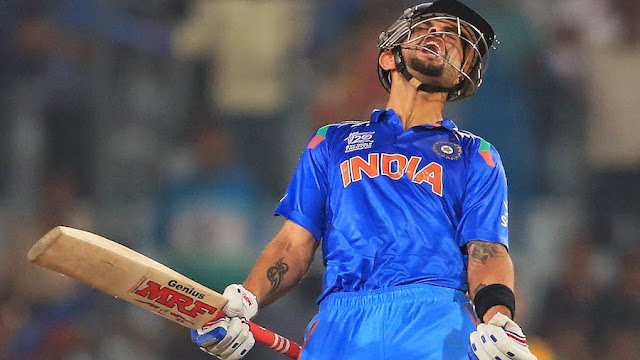
Anton Ukolov/Shutterstock
Park Thaichon, University of Southern QueenslandUntil now, you might have thought of electric vehicles as inner suburban toys. Teslas and Polestars are expensive, leaving them as playthings for wealthier Australians and out of reach for the mortgage belt.
But that’s no longer the case. As residents in the outer suburbs reel from price rises seemingly everywhere, more and more are turning to electric vehicles (EVs) to slash their fuel bill.
Last year, EV orders for outer suburban residents (43%) overtook inner suburban residents (39%) for the first time. Rural and regional residents accounted for 18% of orders.
Avoiding petrol costs is one reason. But there are other good reasons, from easier parking and charging, to lower maintenance. And as our research into why people buy EVs has shown, there’s an even more fundamental reason – car buyers now know more about EVs and feel more familiar with the technology.
The suburban garage or driveway works well with charging your EV at home. riopatuca/ShutterstockOuter suburbs rely on cars
The further you get...

